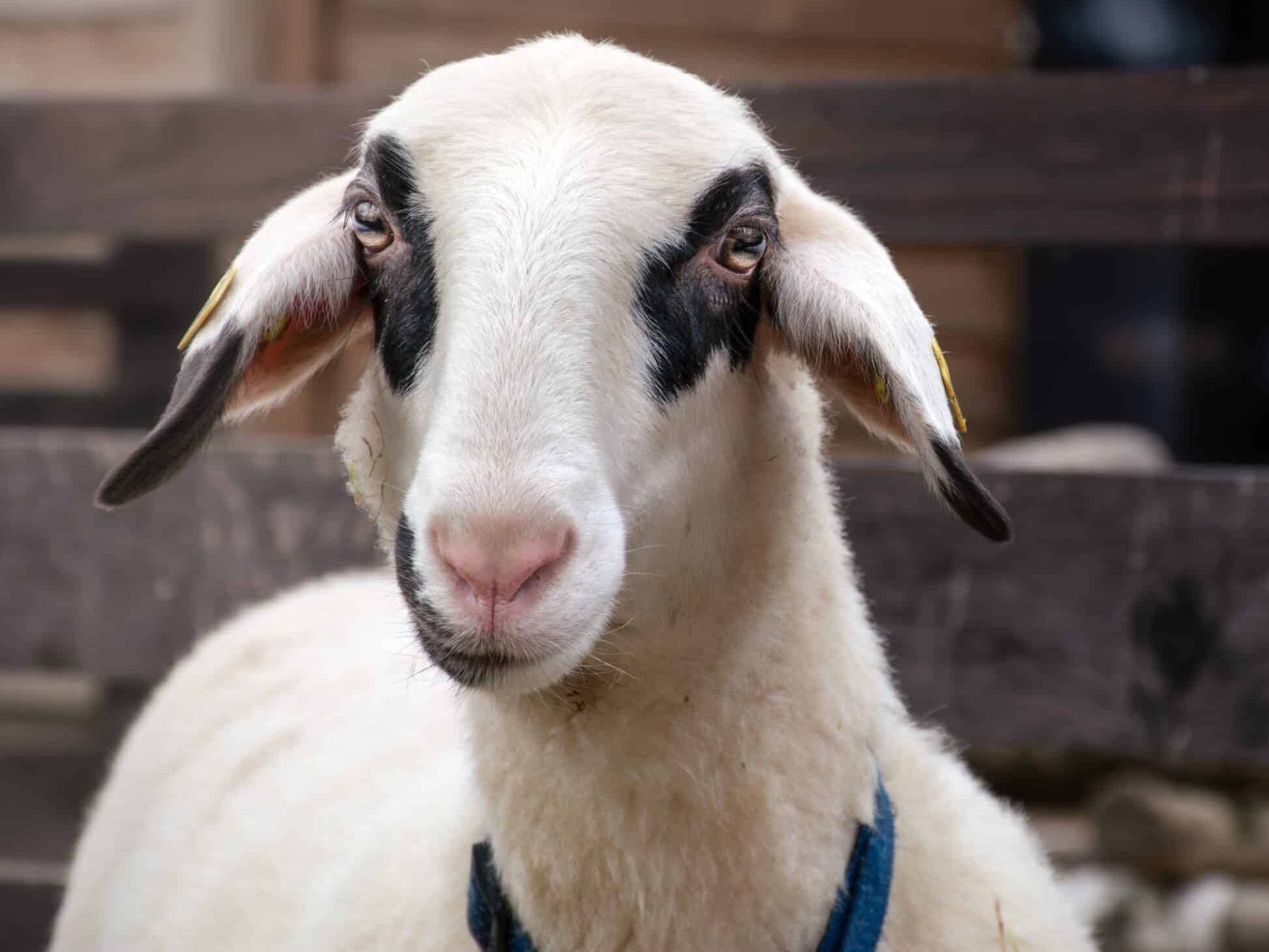From the Cellar to Freedom: Happy Ending for Research Sheep Susi

According to a release from the Austrian Animal Welfare Association, Susi was not a test animal in the traditional sense, as no procedures were performed on her. Her task was to provide companionship to other sheep used for medical tests. As a so-called "companion sheep," she was meant to reduce stress in the herd and prevent social isolation.
Alfred Kofler, head of animal care at the Assisi Farm in Stockerau, is pleased about Susi's arrival: "The research sheep Susi now has plenty of space under tall floodplain trees and can finally breathe easy. Artificial daylight is a thing of the past - instead, she enjoys the sun, grass under her hooves, and the company of the sheep." However, she still needs to settle in.
Sheep in Medical Research
Sheep have accompanied humans for around 8,000 years - not only as livestock but now also in medical research. Sheep gained worldwide fame in medicine in 1996 through Dolly, the first successfully cloned mammal from the cells of an adult animal.
Due to their anatomical and physiological similarity to humans, sheep serve as test animals for cardiovascular diseases, neurological disorders such as Huntington's disease, the development of implants in orthopedics, and for medications.
(Red)
This article has been automatically translated, read the original article here.





